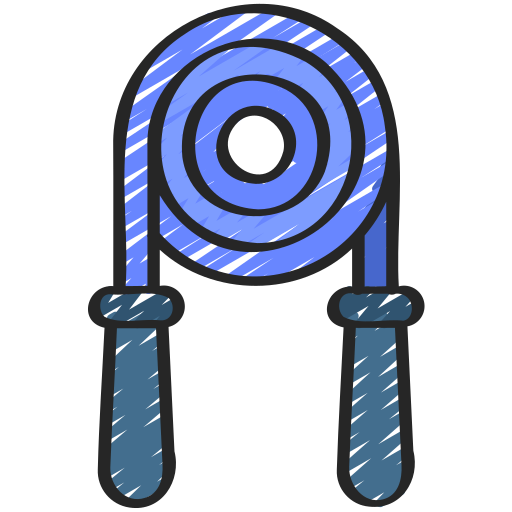Key techniques to enhance your form and stability.
To maximize your strength training, it's crucial to maintain a neutral spine and engage your core muscles throughout each exercise. Start by ensuring your hands are placed slightly below shoulder level, with your spine in a neutral position. Keep your core muscles engaged to support your posture. When learning proper movement techniques, particularly for exercises like squats, it's essential to avoid letting your feet sink into the surface or platform you're using. Whether your feet are grounded or elevated, aim to keep your knees level or slightly bent in alignment with your hips. This subtle bend helps maintain balance and prevents forward flexion of the hips, ensuring your torso stays upright with a slight twist in your hips and lower body.

Your body weight should be evenly distributed across both feet, with equal pressure on the heels to maintain stability. Relax your knees, keeping them slightly bent and ensure your upper body remains aligned in a straight line. Engaging your core muscles consistently will further stabilize your spine. For exercises like seated squats or one-arm push-ups, where maintaining balance is key, keeping your core engaged and your spine neutral is essential for safe and effective movement. Avoid deep seating that restricts movement or overly compresses your lower back and glutes, which could lead to discomfort or injury.
🥕
Jumping rope is another excellent way to enhance your overall fitness and posture. As you jump, focus on maintaining a neutral spine and keeping your core engaged to protect your lower back. The repetitive motion of jumping rope not only helps build cardiovascular endurance but also strengthens your lower body, contributing to better balance and coordination. When incorporating jumping rope with a training jump rope into your routine, make sure your landing is soft, with a slight bend in the knees to absorb impact and maintain control over your movements.
👨
When performing exercises like push-ups, your starting position should include feet parallel to the ground, hands positioned slightly outside shoulder width and hips drawn back. For variations like the plank or kneeling start position, ensure your back is parallel to the floor, arms at your sides and heels firmly planted. This setup allows for maximum stability and proper form, helping you execute the exercise effectively while minimizing the risk of injury. By consistently applying these posture principles, you'll enhance your strength training, improve your performance and reduce the likelihood of injury.
🕜